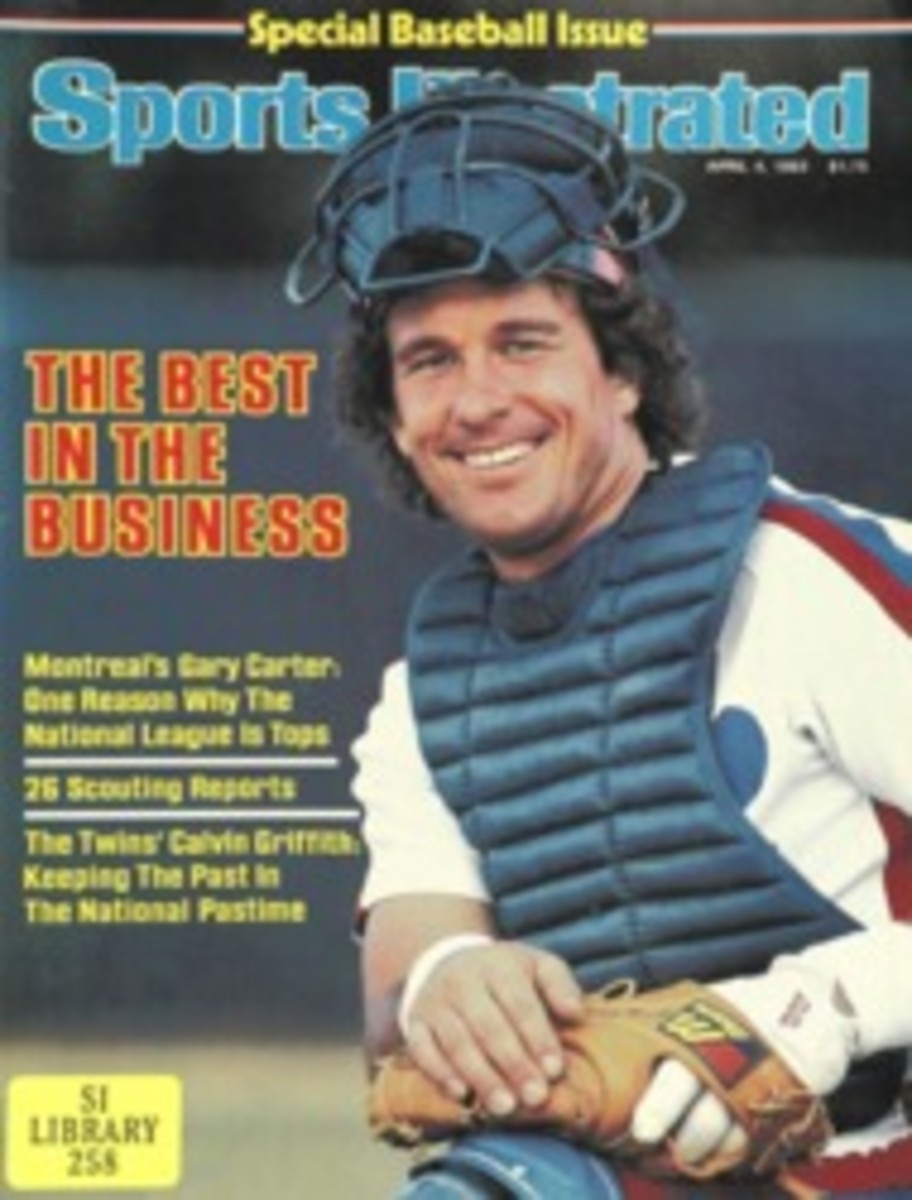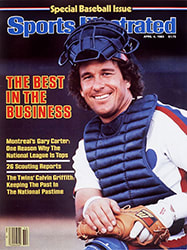
SAN DIEGO
The man they call Trader Jack allowed himself a moment of self-satisfaction. "If you look back at what we had," San Diego General Manager Jack McKeon was saying, "we've made so much improvement in two years it isn't funny." He's right. No one laughs at the Padres anymore—they went from 28 games below .500 in strike-shortened 1981 to September pennant contention in '82. Now they should be even better, thanks to the acquisition of free-agent First Baseman Steve Garvey, who left Dodger blue for Padre gold (the color and the coin: $6.6 million over five years). Garvey is the masterstroke in McKeon's 30-month rehabilitation of the franchise. His theory was simple: "Take the players we have with value and trade for young talent. Take our lumps for a year or two and get some stability. Develop some continuity."
Leftfielder Gene Richards remains the only starter from the club that McKeon took over in September 1980. Along with the raw ability—there were seven rookies and five second-year men on the 1982 roster—came the right man to direct it, Manager Dick Williams. However, as last season's September swoon proved, potential can't beat experience. Garvey should help; he was going through pennant pressure up the road in Los Angeles when most of his teammates were going through puberty.
Garvey's presence should take some of the heat off Shortstop Garry Templeton, who hit .318 on artificial turf, .216 on grass and .247 overall while coping with an arthritic left knee, an unfamiliar spot in the batting order (third, not first) and the ghost of Ozzie Smith. "Last year was tough all the way around," says Templeton. "Now San Diego has a good chance to see Garry Templeton play without undue pressure." But Templeton probably won't be at his best right away. He had arthroscopic surgery on his knee on March 10 and wasn't expected back until the last week of spring training.
When he returns, he will bat leadoff, and Garvey (.282, 16 homers and 86 RBIs) will hit third ahead of Catcher Terry Kennedy (.295, 21, 97), Rightfielder Sixto Lezcano (.289, 16, 84) and Centerfielder Ruppert Jones (.283, 12, 61 in an injury-marred season). "We don't have anyone who'll hit 30 home runs," Kennedy says, "but we have the potential of having four guys hit 20."
"We're through with trading old guys for younger talent," McKeon says. "Now we are going to try to build a bench and get veterans." To further that goal McKeon has reacquired lefthanded-hitting Jerry Turner, a career .281 pinch hitter. After McKeon brought back Kurt Bevacqua last year, Bevacqua responded to his old surroundings by becoming the league's best righthanded pinch hitter (.346 and 10 RBIs). The Padres will need their bench early—they play 24 games in the first 27 days.
San Diego pitching improved dramatically in 1982, walks decreasing from 3.76 a game in '81 to 3.09, while strikeouts rose from 4.47 to 4.72. Reliever Gary Lucas was superb at home (1.52 ERA) and on grass in general (2.61), but his sinker was less effective when pounded off ersatz greenery (4.77). Home wasn't as kind to the hitters, who were outhomered 81-139 by opponents.

